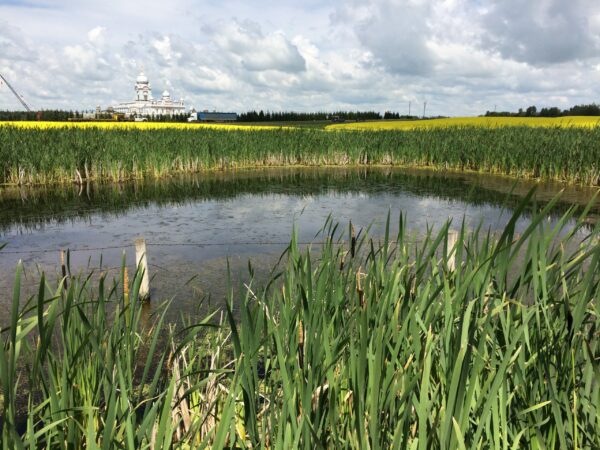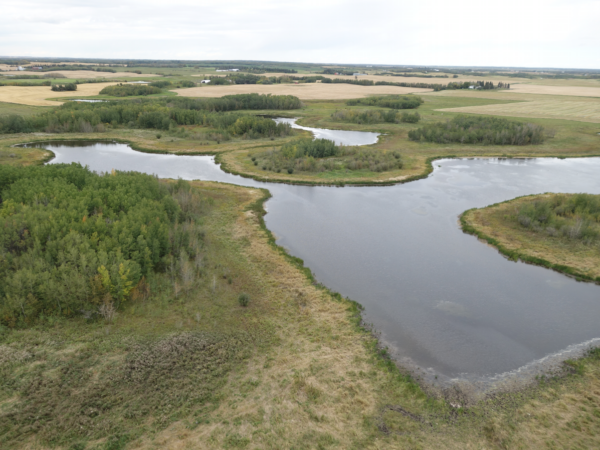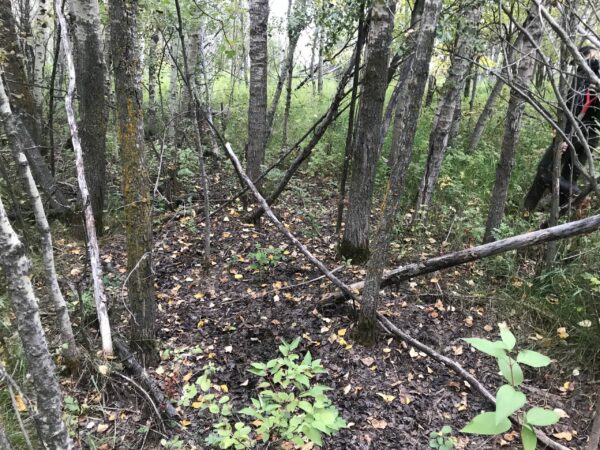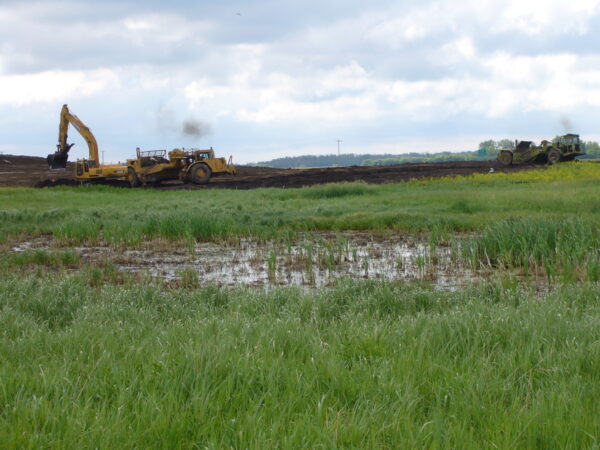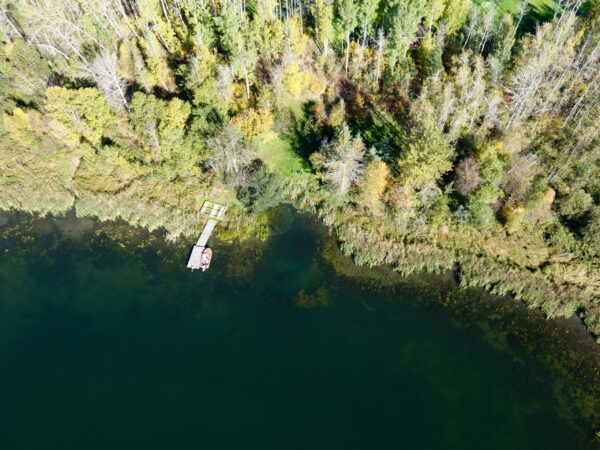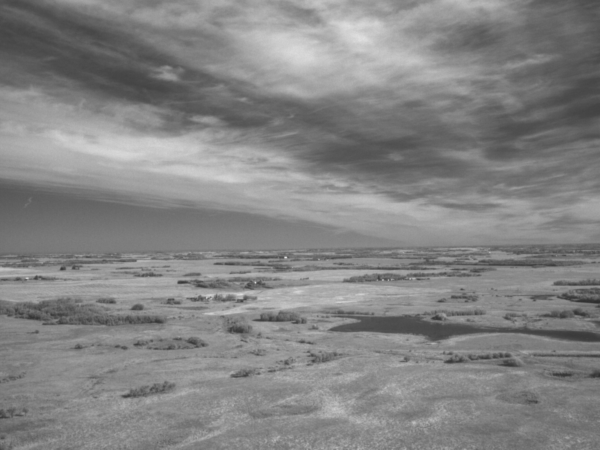“… believing something, doesn’t make it true.”
Shari Clare, Fiera Biological’s President and Senior Biologist had heard the refrain many times from farmers across Alberta: “we drain wetlands because it makes financial sense”.
But as a scientist, she just couldn’t let it go at that, and she knew from experience that saying and believing something, doesn’t make it true. So, she assembled a team and went after some funding to help pay for some research to try and answer the question “Does it pay to drain wetlands?”
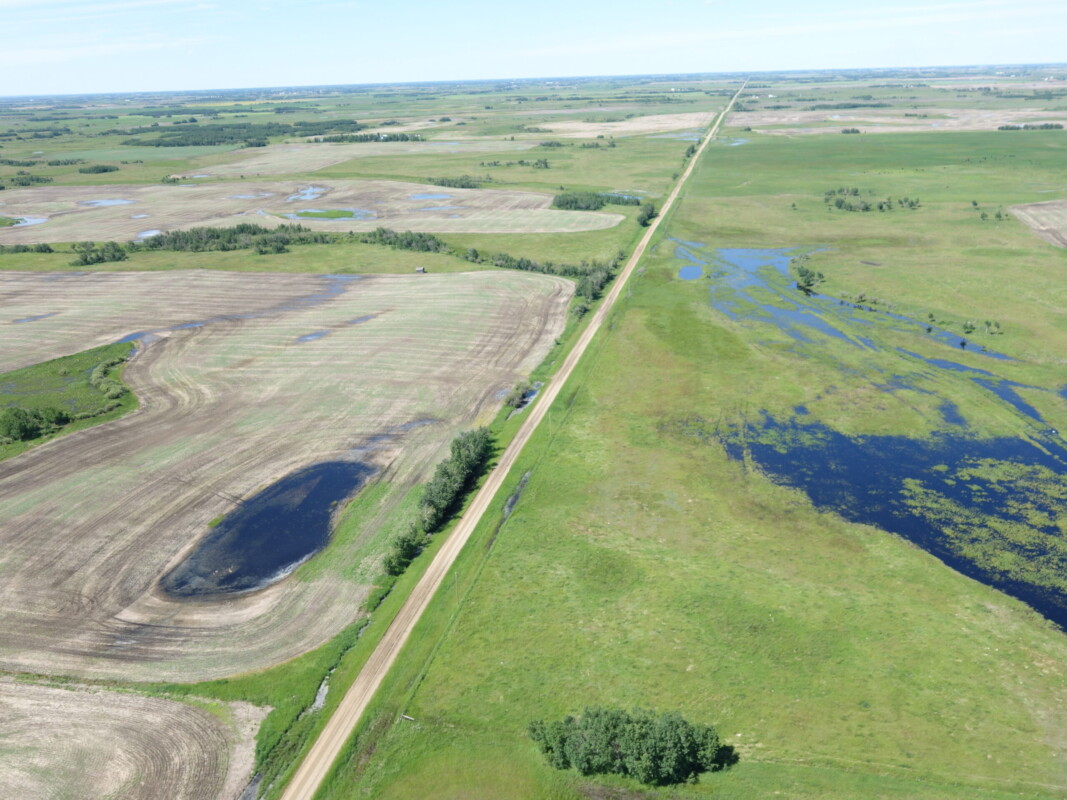
Luckily, she was able to find two funding partners willing to support this work – NAWMP Alberta and the Alberta Conservation Association – and this money was pooled with Fiera’s own R&D contribution. The next step was to find agricultural producers willing to parter with the research team, and they were lucky enough to find three producers in central Alberta willing to help out.
The basic approach to the research was a simple comparison of the profits earned on crops where wetlands had been drained, compared to the profits earned on non wetland areas. In other words, “does it actually make economic sense for agricultural producers to drain wetlands?” and if so, how much sense (or cents, if you will) does draining wetlands actually make?
“… the financial risk or loss can be substantial for producers.”
Results showed that the profit for non-wetland crop areas was on average $203/acre. Compare that to results from crops planted in the basins of drained wetlands where profit ranged from a loss of $145 for every acre harvested up to a maximum profit of only $76/acre, and an average profit of only $55/acre.
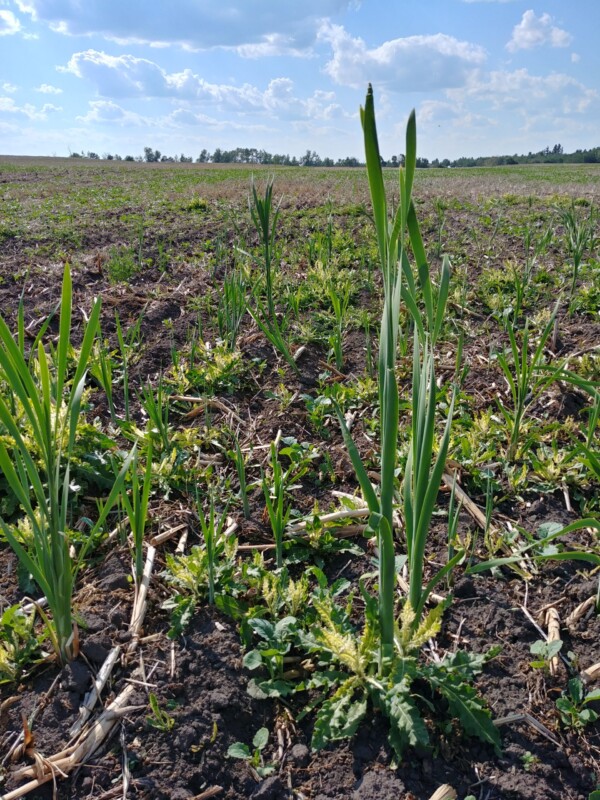
What did the research team conclude? It’s complicated, but it seems that although profit can be made by draining wetlands and planting crop in the drained basins, results vary widely, and the financial risk or loss can be substantial for producers.
Dr. Clare and her research team feel it’s important for readers to note that this study included a small number of producers and was limited to one crop type (canola) over only a single growing season. Still, the results provide a much-needed glimpse at the extent to which farmers may or may not benefit from draining wetlands to increase crop area on their lands.
You can find a copy of the research team’s 2021 article, which has been published in the Journal of Wetlands Ecology and Management, by following this link.
